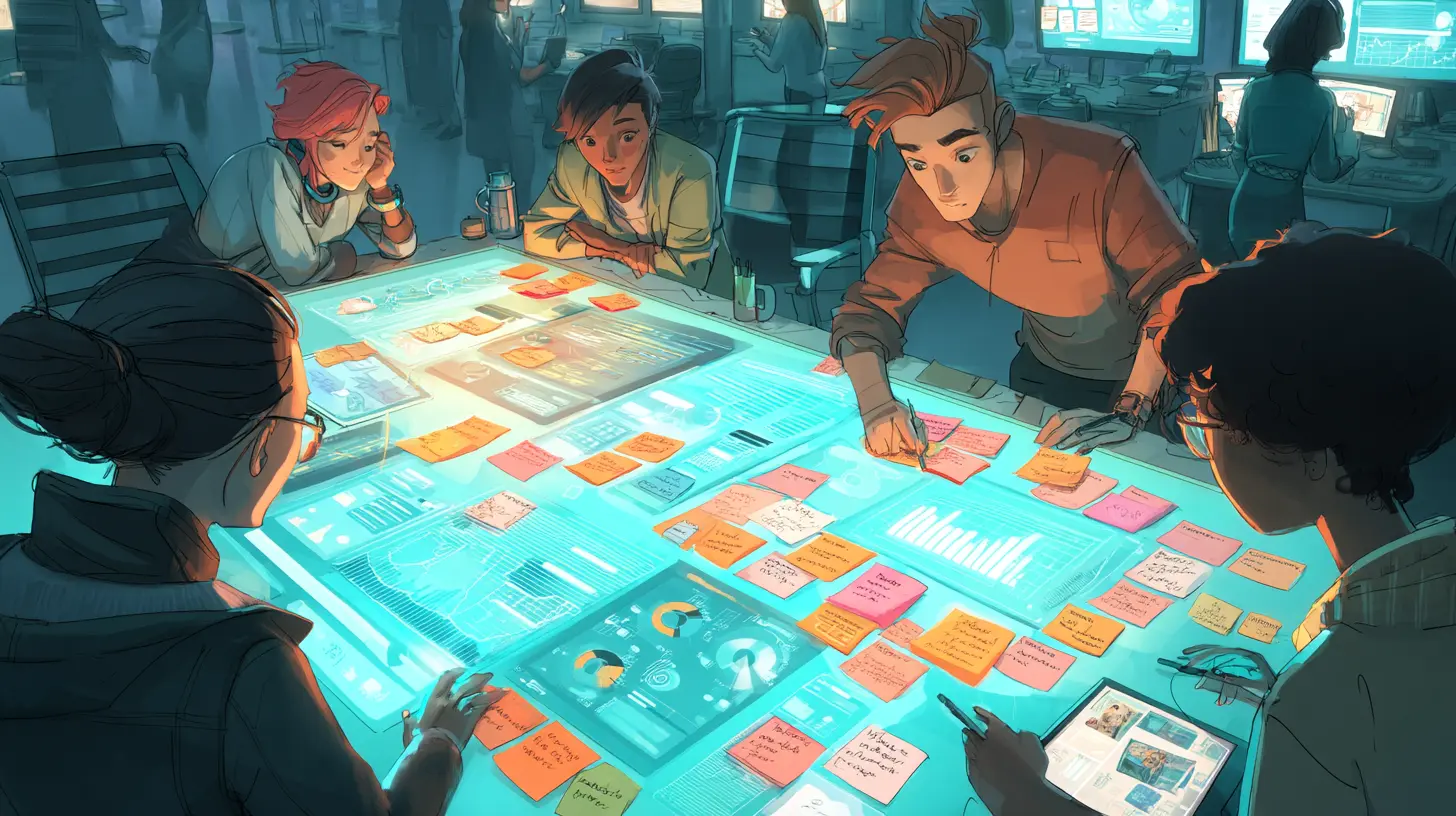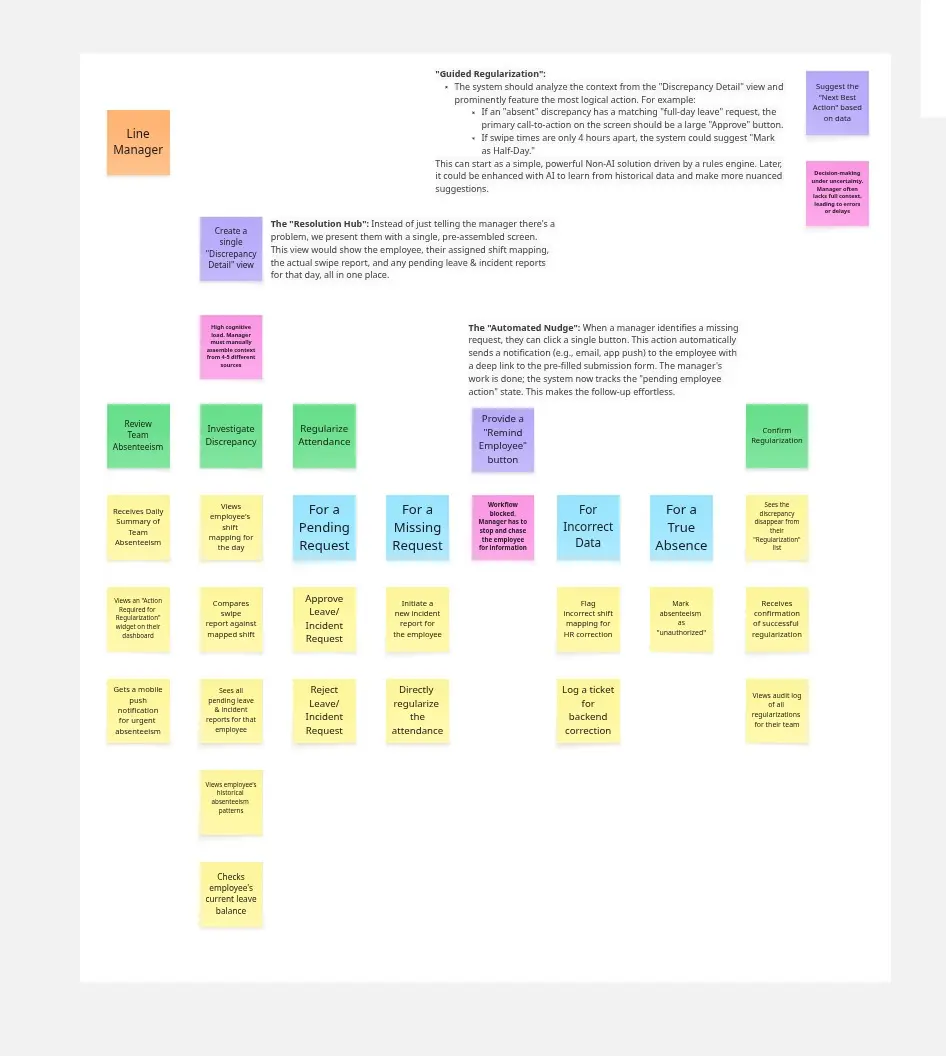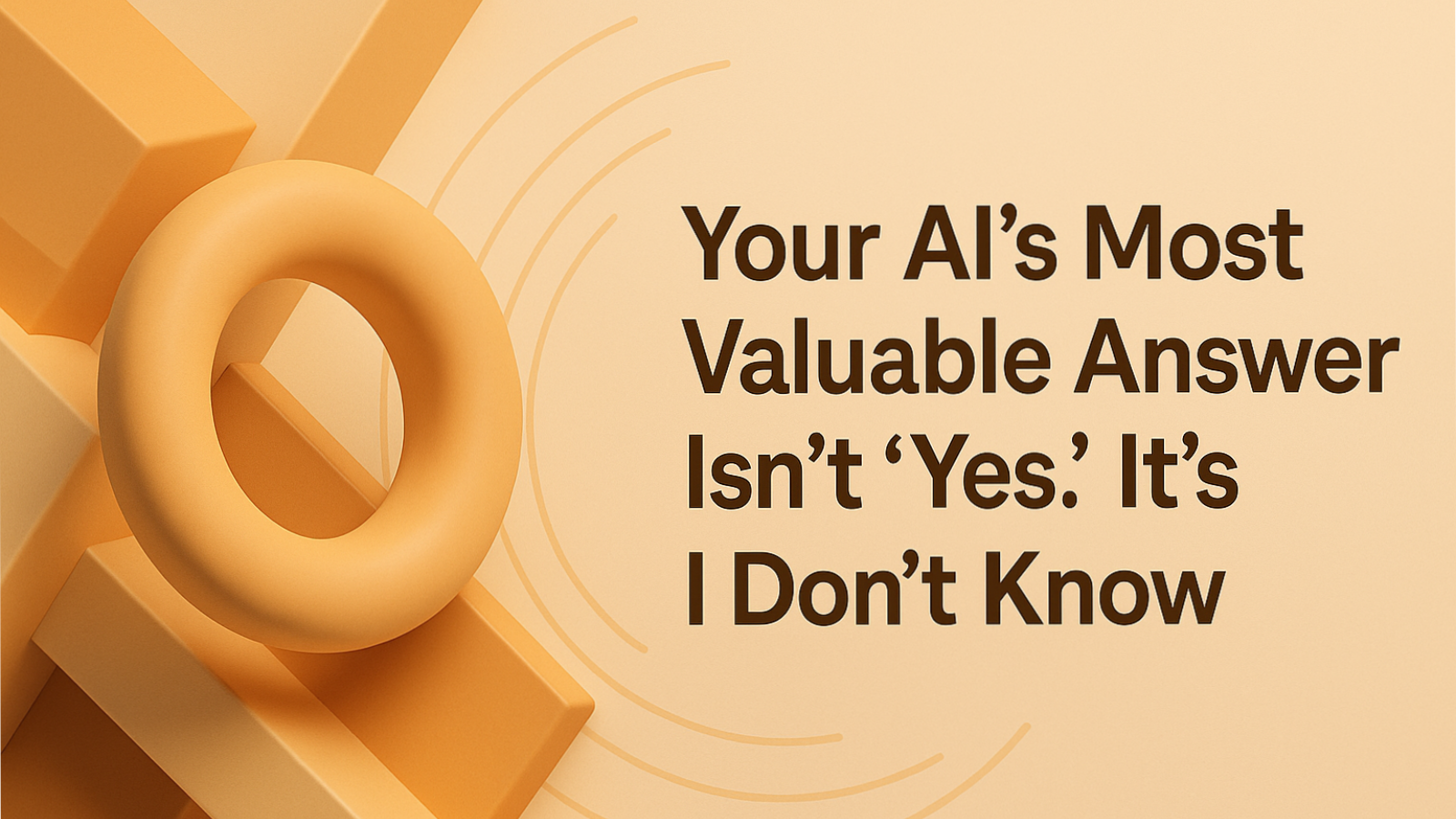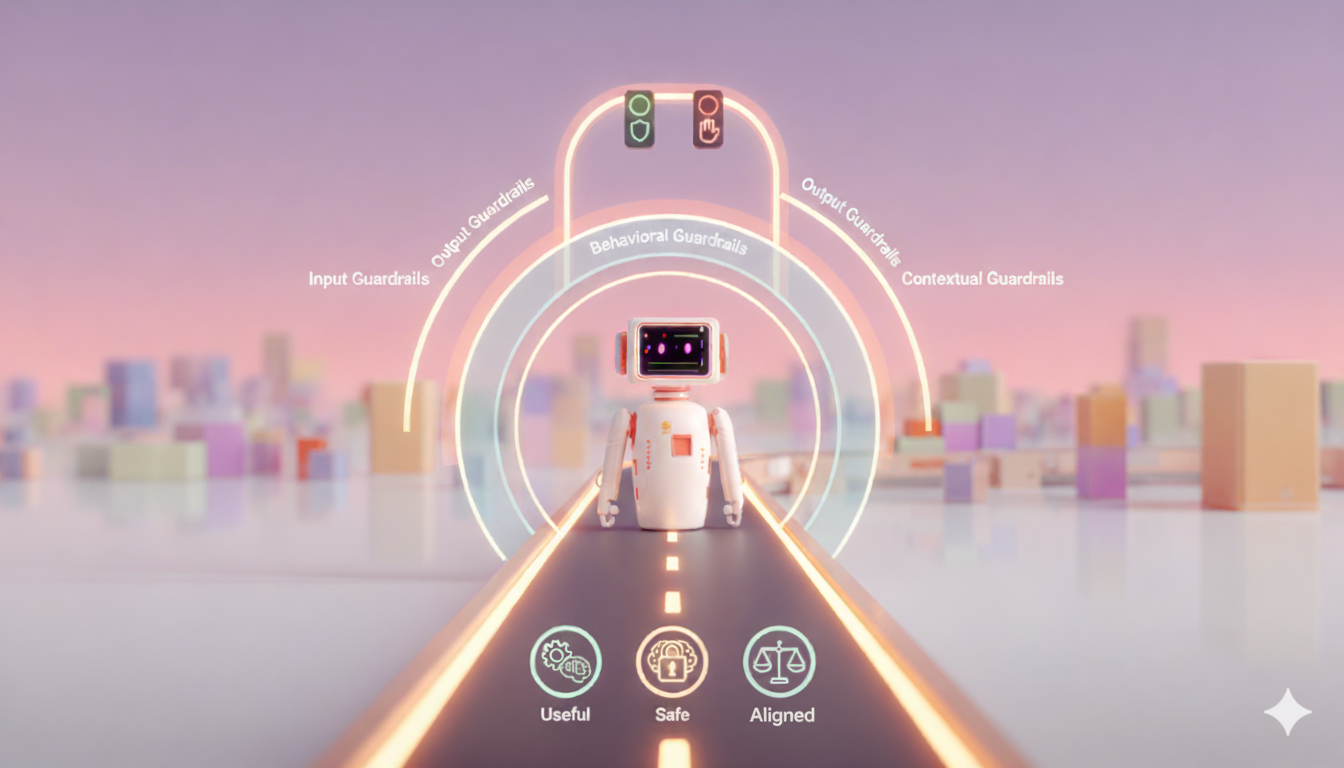
From AI Agent to Dashboard: A Lesson in Persona-Driven Design
In one of our previous article Designing AI Agents That Work: The Foundation of Your CI Loop, we covered how to go about designing an AI agent — especially persona design as the compass for what to build. In this follow-up, we walk through a real world example showing how those design decisions led us from an agent concept to a dashboard, and the outcomes.
Understanding the Customer's Core Problem
The Industry and the Challenge
Our customer operates in the Human Resources industry. They came to us with a significant operational challenge. They serve a large number of customers, and each customer has multiple employees who are required to log their daily time entries into the system.
However, several ongoing issues continue to create problems:
- Employees often forget to log their time.
- Incorrect entries are frequently made.
- Time entries are missing for employees who are on leave.
These inconsistencies make it difficult for the customer to process payroll accurately. Before running payroll, they have to manually identify and correct all erroneous entries. This requires calling employees individually to verify and fix the data—an extremely time-consuming and error-prone process that continues to impact their operations.
The Customer's Expectation
The customer wanted to solve this problem using AI. They envisioned a system that could:
- Analyze incoming time entry data.
- Apply business rules to validate entries.
- Identify issues and trigger corrective actions.
- Replace manual phone calls with automated communication.
When they shared their full process with us, we realized that the solution would need to evaluate time data daily, identify errors, and notify the right people to take action.
The Design Phase: From Concept to Clarity
Initial Thoughts and Feasibility
Our initial thought was that an AI agent could solve this problem. We started exploring how to leverage agentic AI capabilities to address the customer's pain points. We even went as far as identifying potential low-latency voice agent solutions that could automate the follow-up calls.
Persona Design: A User-Centric Approach
As we moved into the design phase, we applied the principles of persona design. This involved answering key questions:
- Who is the agent helping?
- What does the user that the agent is helping need to be aware of?
- How should the agent behave?
- Where do users it serves typically face challenges?
This user-centric approach ensures that the solution is grounded in real-world needs, not just technological novelty. Our primary objective was to understand the user's pain points and identify how the agent could provide a practical and effective solution.
Realization Through Collaboration
As we worked closely with the customer, we discovered a critical insight: the agent might not be the best solution. The core issue was not just about communication—it was about evaluating a dataset and taking appropriate action. While an agent could technically perform this task, there might be a simpler and more effective way to solve the problem.
To validate this, we applied the concept of story mapping.
Story Mapping: Discovering the Right Solution
Before we walked through the user's journey, we used story mapping — a simple, visual technique that helps teams break down a product's end-to-end experience into actionable steps. Story mapping arranges user activities and the tasks that make them up on a timeline, which makes it easy to spot gaps, prioritize functionality, and decide the smallest useful slice to build. It’s especially useful when you need to choose between different approaches (like an AI agent vs a dashboard) because it keeps the focus on real user outcomes rather than technology.
Mapping the Problem
Through story mapping, we identified the user journey and studied the user stories in depth. This analysis revealed a clear and straightforward solution: a simple dashboard.
A key insight emerged: a team member had instinctively favored a conventional software-engineering solution — a web app, not an AI agent — but the excitement around AI had obscured that intuition until story mapping brought it back into focus.

The Dashboard Solution
We proposed building a dashboard that would:
- Display a list of employees with problematic time entries.
- Show the reasons for each issue.
- Allow line managers to directly address the problems by communicating with employees on the ground.
This approach would:
- Eliminate the need for manual phone calls.
- Provide real-time visibility.
- Be far more efficient than deploying an AI agent.
Why Simplicity Wins
We realized that implementing an AI agent for this particular problem would be overkill. The issue is essentially a software engineering challenge that can be solved with a web application capable of processing data and displaying it in a user-friendly dashboard.
Final Thoughts: The Value of the Right Solution
In our follow-up meeting with the customer, we presented this dashboard-based solution. We demonstrated how it could be accessed via a web or mobile app, allowing line managers to resolve issues more efficiently than through automated calls.
This journey taught us an important lesson:
Not every problem needs a high-tech solution. What matters is understanding the problem deeply, designing the right persona, and choosing the most effective approach.
Through this collaboration, we've discovered that while an AI agent could technically address this challenge, it wouldn't be the most accurate or cost-effective solution. The automated approach might not align well with how users actually need to interact with the system.
Conclusion: Solve the Right Problem the Right Way
This case study is a reminder that every problem-solving journey should begin with understanding the problem, not jumping to a solution. Whether you're building an AI agent or a simple dashboard, the goal should always be to deliver real value.
By focusing on the right job to be done, we ensure that our solutions are not only functional but also meaningful and impactful.
Want to validate whether an AI agent is actually the right solution for your problem — or build one using persona-driven design and discovery?
Work with AvestaLabs:
- We’ll help you quickly validate whether an agent is the right fit (and what the smallest, valuable slice looks like)
- Persona-driven design and discovery to define real user outcomes and success metrics
- End-to-end agent implementation, dashboards, and monitoring when you’re ready to ship
Get started: hello@avestalabs.ai

Software Engineer with more than a decade of experience in using technology to solve real-world problems and create value.


